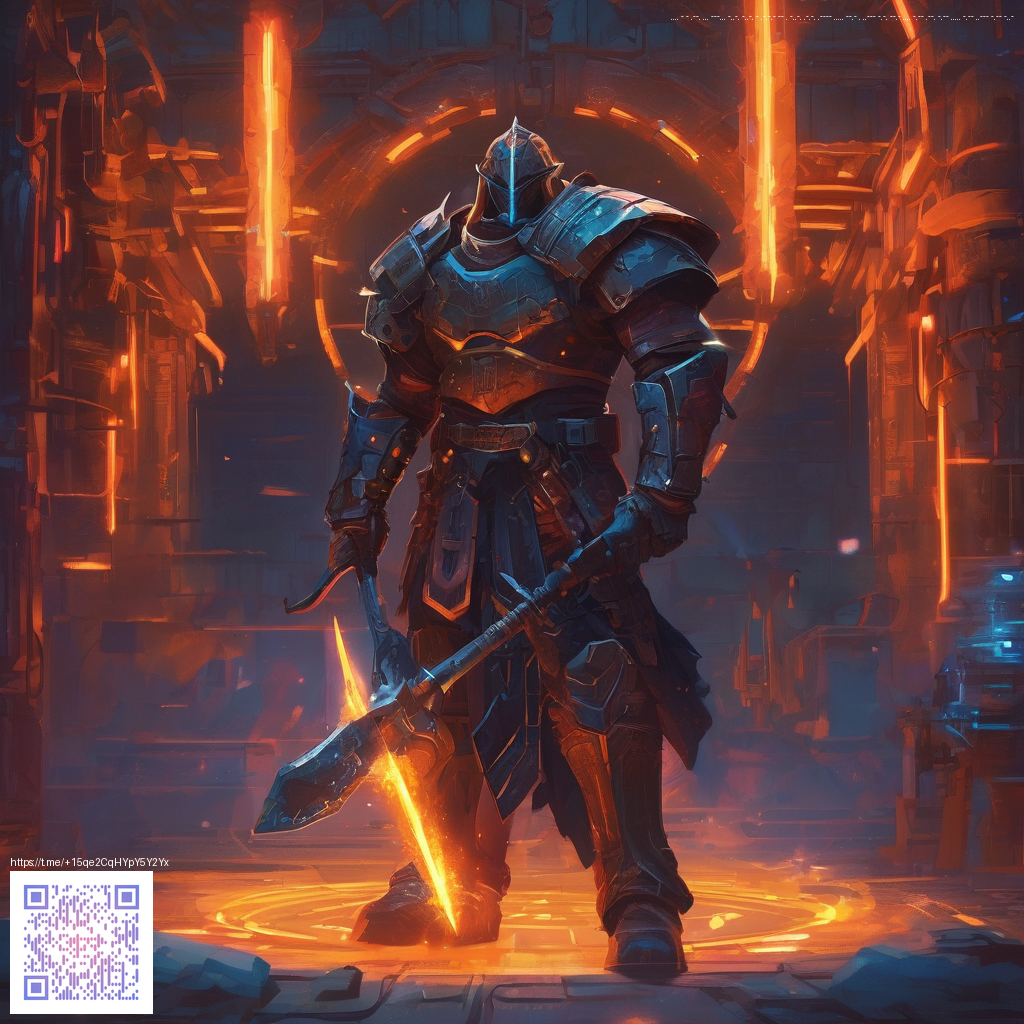
Console versus PC Performance Showdown for Fire Emblem Three Houses
Fire Emblem Three Houses began its journey on a single chip in the Nintendo Switch library, and players soon began to wonder how it behaves when the scene shifts to PC via emulation. The contrast between a handheld console and a beefy PC rig opens up a treasure trove of questions about frame pacing, resolution fidelity, and the feel of strategic battles that hinge on precise timing. The community has responded with a mix of curiosity and caution, testing the boundaries of emulation while celebrating moments when the game shines on a different hardware canvas.
From a gameplay standpoint the core mechanics stay the same across platforms. The grid based tactical battles demand calm focus and sharp decision making, and the pace can feel radically different when you push the visuals well beyond the Switch’s native output. On PC through emulation, players commonly unlock higher frame rates and crisper textures, which can enhance micro decisions during turn proceeds and unit selection. Yet the trade offs appear in occasional glitches or audio quirks that require patience and a bit of tinkering to smooth out.
Community chatter highlights a central theme: performance is highly variable depending on hardware, emulator version, and the exact settings used. Some players report smooth 60 frames per second in many chapters with stable pacing, especially on mid to high end GPUs. Others encounter stutter in cutscenes, minor texture pop ins, or audio desync during complex map transitions. The consensus is that the PC path is doable and increasingly reliable, but you should expect to adjust input methods and graphics options to suit your setup. As with many modern emulation stories, consistency is the key that often moves between a good run and a memorable hiccup.
Emulator developers have stepped in with practical guidance. The most recent notes from popular engines indicate that the game functions with minor graphical or audio glitches and remains playable from start to finish. Players who chase the best experience often experiment with upscaling shaders, anti aliasing, and frame rate caps to achieve a balance between visuals and input latency. The takeaway is clear: the PC route rewards experimentation and a willingness to iterate, rather than offering a one click perfect port.
Some testers describe a world where the PC curve creates a new layer of clarity during battles yet invites more variables to manage. The thrill comes from seeing maps in higher fidelity, while the caveat is staying patient with occasional emulator quirks that never quite disappear entirely. This dynamic balance becomes part of the learning curve that fans embrace.
Modding culture adds depth to the PC experience. While official patches and ports are scarce, dedicated communities push texture enhancements, UI tweaks, and balance adjustments that can make the tactical layer feel fresh. Modders often address quality of life improvements such as clearer unit indicators, improved font readability during long sessions, and simplified menu navigation. The result is a living ecosystem where the game evolves on PC long after the initial release wave, inviting players to experiment, share, and refine their preferred battle cadence.
From a developer commentary angle, the situation reflects the broader ecosystem around Nintendo titles and emulation friendly experimentation. Intelligent Systems and Nintendo have not released formal statements about emulation viability, which means the onus falls on players and communities to navigate a coexistence of original design and modern hardware exploration. The design underneath remains faithful to the Switch iteration, with emulation offering a lens to reexamine pacing, presentation, and strategic readability from a new angle.
For players weighing the options, a practical approach works best. If you value portability and the official experience, the Switch remains the most faithful path. If you crave higher fidelity and a customizable display, PC emulation offers a platform to experiment with resolution, frame rate, and shader packs. Expect a bit of trial and error and keep an eye on emulator release notes for improvements that can shave off stutters or tighten audio timing. The story here is not a simple win for one side; it is a growing dialogue about what it means to experience a tactical classic across hardware boundaries.
As you plan your setup, consider how the experience translates to your long play sessions. A reliable balance of smooth motion, legible UI, and comfortable control mapping can transform a session from good to engrossing. Whether you are chasing a steady 60fps or chasing cinematic fidelity in a few key scenes, the console versus PC debate remains a living conversation that keeps this strategy gem relevant for modern gaming rigs and living room setups alike.
For readers who enjoy gaming on the go or who want to edge closer to a couch friendly setup, a portable device remains an appealing companion. Not surprisingly, a sturdy phone grip can help you keep the pace up during long planning phases while streaming or tinkering with settings. If you are curious about options, you can explore a practical phone grip click on adjustable mobile holder kickstand to support extended play sessions.
Phone Grip Click On Adjustable Mobile Holder Kickstand
More from our network
- Inferring Stellar Luminosity from Photometric Magnitudes in a Hot Sagittarius Giant
- Cautery Sliver Lore Visualizing Sliver Relationships Across the Swarm
- Soul Ransom Crafting Card Draw Engines for MTG
- Rip Apart Elevating MTG Card Art Direction Through Composition
- Red Hued Hot Star in Sagittarius Shapes Milky Way Radial Velocities